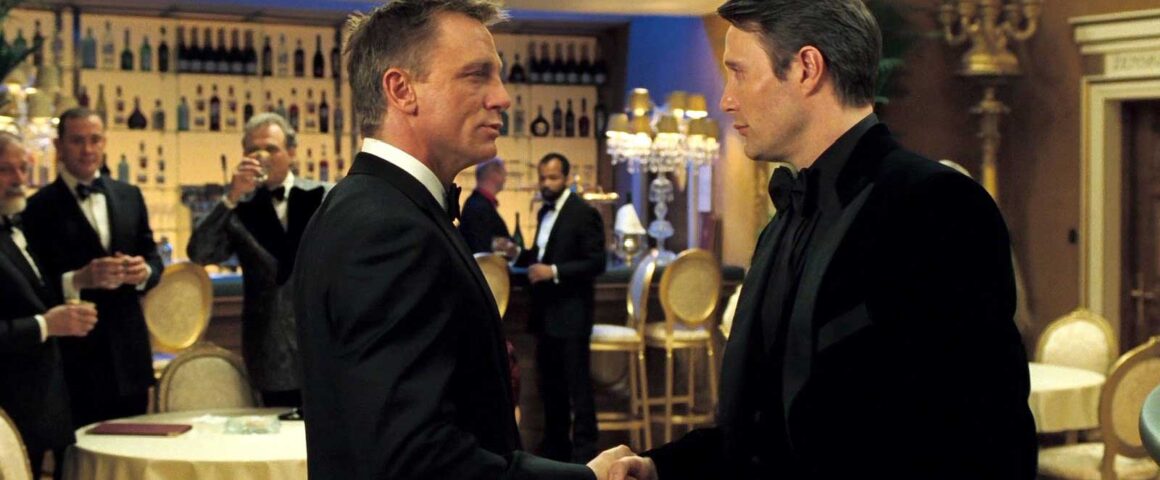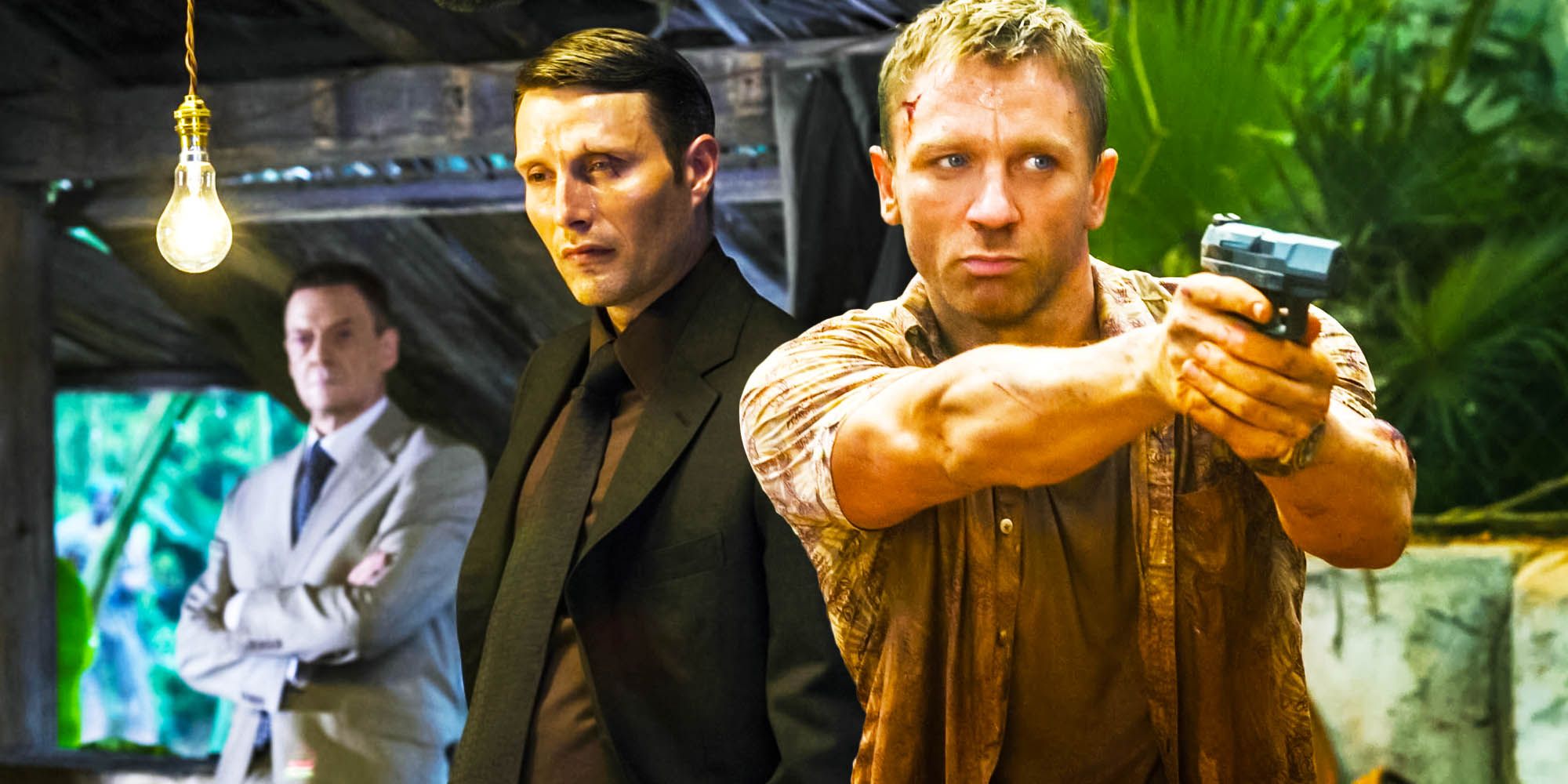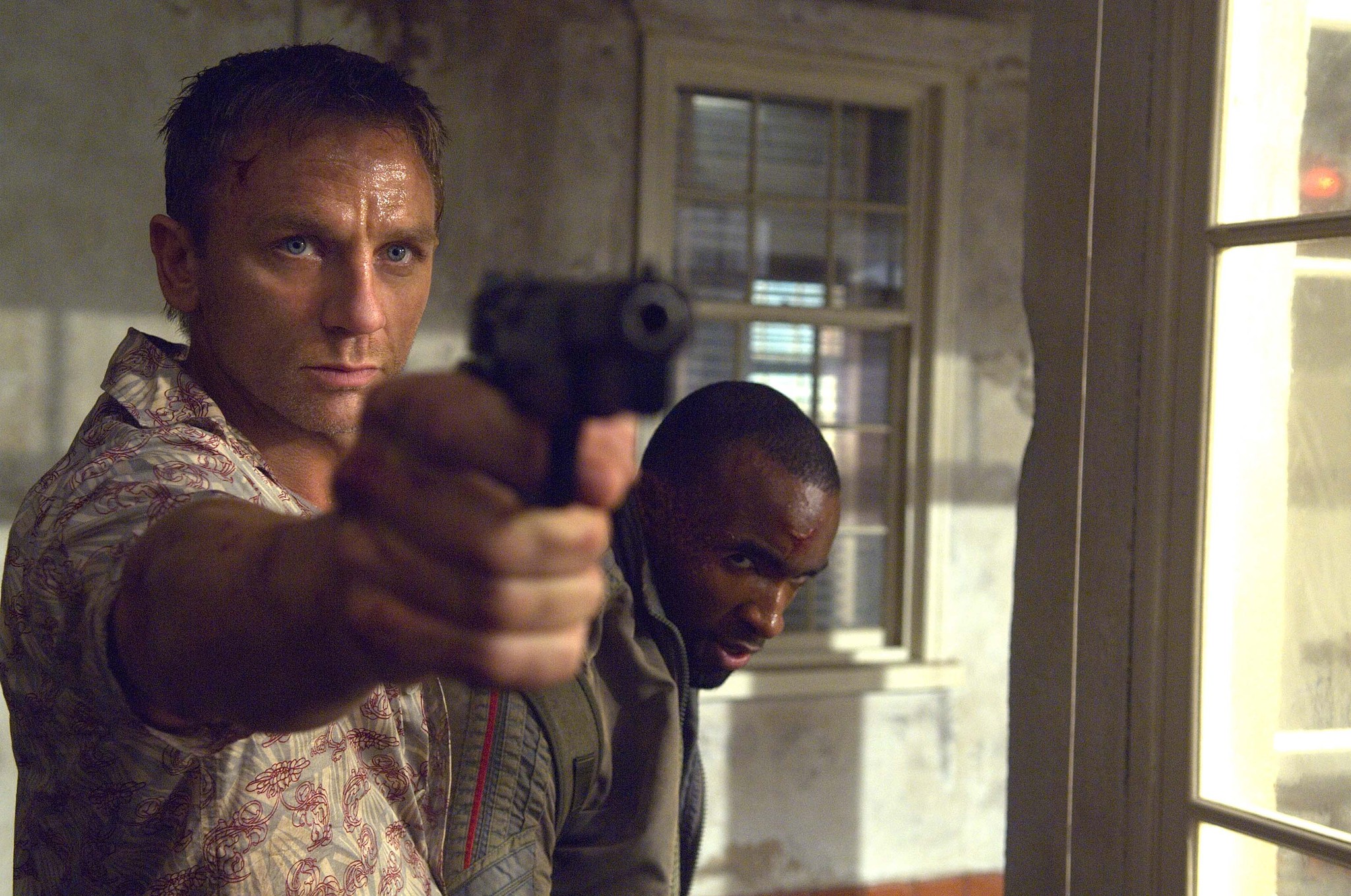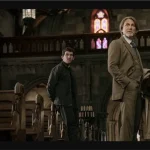Casino Royale (2006)

“Casino Royale” (2006), directed by Martin Campbell, marks a pivotal moment in the James Bond film series, introducing Daniel Craig as a rugged and complex iteration of the iconic British spy. Based on Ian Fleming’s first novel in the series, the film serves as a reboot that explores Bond’s origins and the events that shape him into the suave yet emotionally vulnerable agent known for his daring exploits and sophisticated charm. With its gritty realism, intense action sequences, and exploration of Bond’s humanity, “Casino Royale” reinvigorates the franchise while paying homage to its classic elements.
The film opens with a pulse-pounding chase sequence through a construction site in Madagascar, establishing Craig’s Bond as a physically formidable and resourceful agent. This departure from the smooth-talking, invincible Bond of previous films sets the tone for a more grounded and emotionally resonant portrayal. Craig’s portrayal emphasizes Bond’s vulnerability and internal conflict, revealing a character who is not only skilled in espionage but also haunted by personal demons.

Central to “Casino Royale” is Bond’s mission to thwart a terrorist financier named Le Chiffre, played with sinister charm by Mads Mikkelsen, in a high-stakes poker game at Casino Royale in Montenegro. The game serves as a crucible where Bond faces off against Le Chiffre in a battle of wits and nerve, showcasing his intelligence and strategic acumen. The poker scenes are interspersed with moments of tension and intrigue, highlighting the psychological warfare between Bond and his adversaries.
Thematically, “Casino Royale” explores the price of betrayal and the sacrifices demanded of those who serve their country in the shadows. Bond’s relationships with Vesper Lynd, portrayed by Eva Green, and M, played by Judi Dench, add layers of emotional depth to the narrative. Vesper, in particular, emerges as a complex love interest who challenges Bond’s beliefs and vulnerabilities, forcing him to confront his own capacity for trust and betrayal.

Daniel Craig’s performance as James Bond is a revelation, embodying the character with a blend of grit, charisma, and emotional depth rarely seen in previous portrayals. His physicality and intensity bring a rawness to Bond’s persona, while his chemistry with Eva Green’s Vesper adds a layer of complexity to their evolving relationship. Craig’s portrayal revitalizes the character for a new generation of audiences, redefining Bond as a three-dimensional figure grappling with the moral ambiguities of his profession.

Visually, “Casino Royale” dazzles with its stylish cinematography and dynamic action sequences. The film’s exotic locales, from the glamorous Casino Royale to the gritty streets of Prague, provide a rich backdrop for Bond’s globe-trotting adventures. Martin Campbell’s direction ensures that each action set-piece is meticulously choreographed and visually striking, showcasing Bond’s proficiency in combat and daring escapes with visceral realism.

In conclusion, “Casino Royale” (2006) stands as a landmark in the James Bond franchise, reinventing the character for a new era while staying true to the essence of Ian Fleming’s original vision. Martin Campbell’s direction, combined with Daniel Craig’s transformative performance, elevates the film beyond its predecessors to a gripping and emotionally resonant exploration of espionage, betrayal, and the high stakes of international intrigue. By balancing thrilling action with introspective character development, “Casino Royale” sets a new standard for Bond films and solidifies Daniel Craig’s legacy as one of the definitive portrayals of the iconic secret agent.










